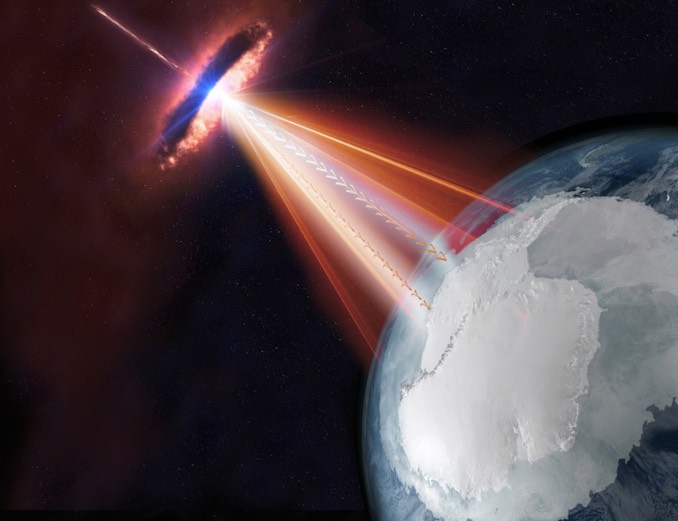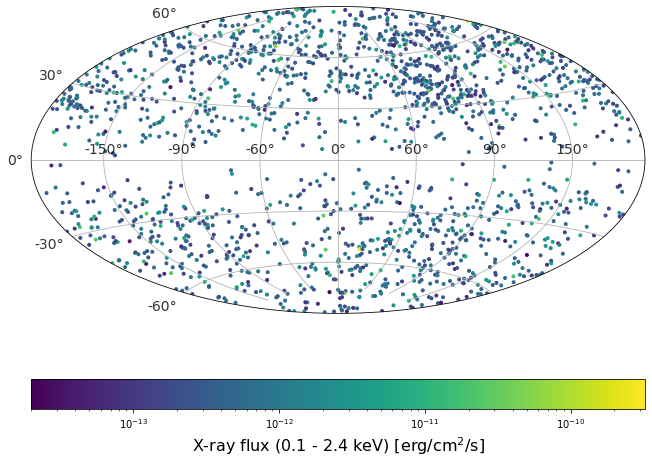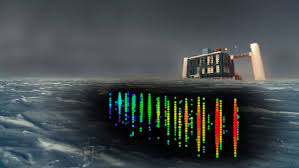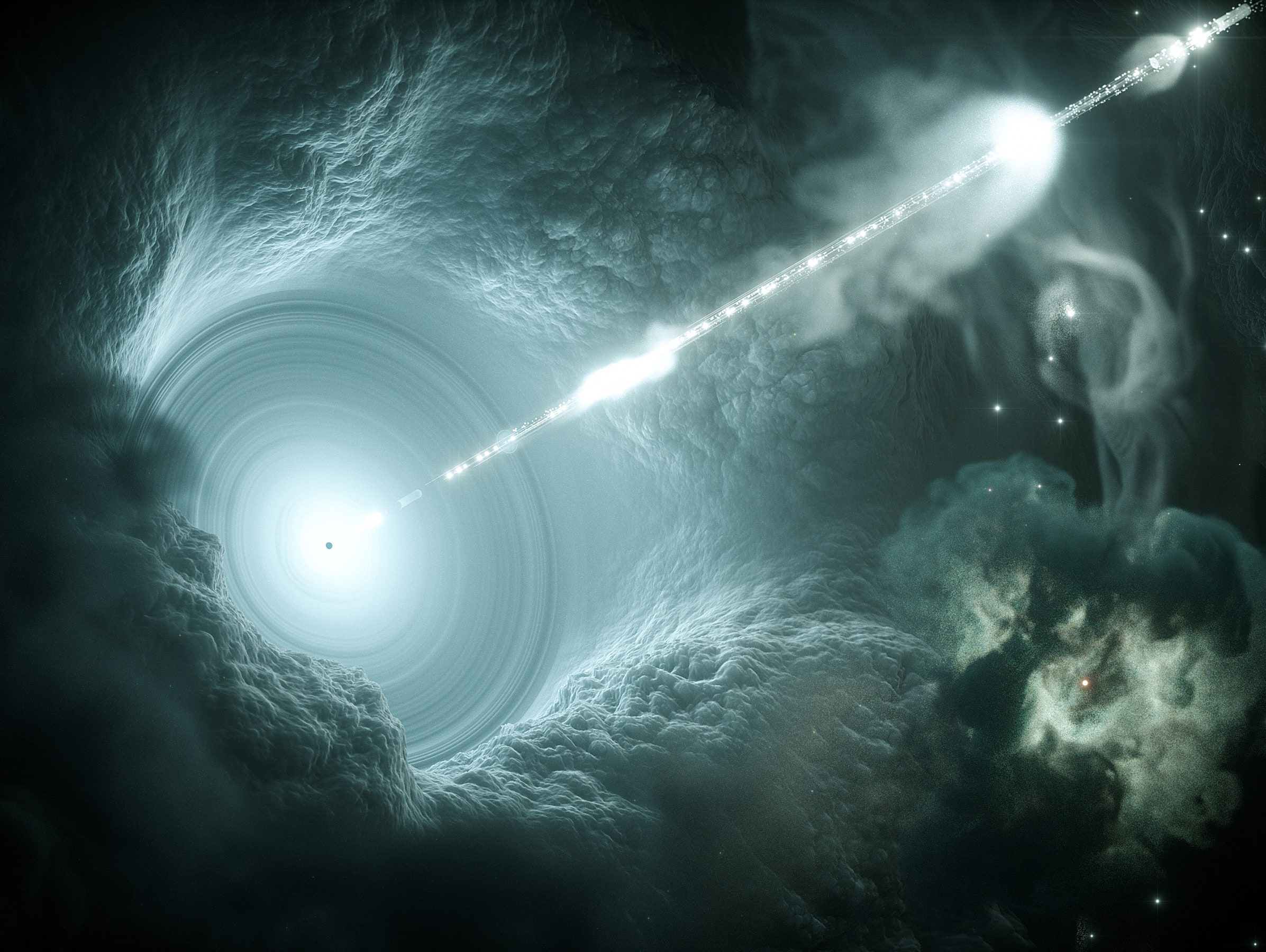Research
My research revolves around investigating the most extreme phenomena in the Universe,
those accelerating cosmic rays to the highest observed energies (E > 1020 eV). These can occur in the kpc scale jets emitted by
supermassive black holes located at the centers of some galaxies, called AGN. Some of these AGNs have their jets pointing right in the
direction of the Earth, and these AGNs are termed 'blazars'. Blazars are theoretically capable of accelerating particles to energies of
PeV-EeV and above. But the large distances at which these blazars are located, make it very difficult to study them using just EM radiation.
Deflection of charged cosmic rays in the Galactic and extra-galactic magnetic fields is another hindrance.
Neutrinos are charge-neutral and weakly-interacting particles produced alongside the high-energy gamma-rays when accelerated cosmic ray particles
interact with the ambient gas or radiation. They can reach the Earth unabsorbed and undeflected from their source. This makes them the ideal
messenger to investigate the physics of jet production and acceleration in AGNs. But these properties also make it difficult to detect them on
Earth with our conventional detectors. An additional problem is imposed by the irreducible background of atmospheric neutrinos produced by cosmic
rays impinging on the Earth's atmosphere. Neutrino experiments avoid this problem by building detectors deep below ground level in a transparent
medium to suppress the atmospheric muon flux and looking for particles that arrive at the detector after crossing the Earth, since only neutrinos
can travel through a substantial portion of Earth without getting absorbed.
The currently operational neutrino observatories are IceCube, located at the South Pole, and
ANTARES, located at the bottom of the Mediterranean Sea. The upcoming ones include
KM3NeT, the successor to ANTARES, and Baikal-GVD, under
construction in Lake Baikal, Russia. These Gigaton detectors, covering instrumented volumes of upto a cubic km, rely on the Cherenkov light produced
by the muons/electrons when a neutrino interacts in the vicinity of the detector. This light is detected by the sensitive PMTs and used to reconstruct
the direction and energy of the interacting particle and in turn, the parent neutrino.
Research Interests
Phenomenological studies of VHE emission from jets of AGNs; multi-messenger and multi-wavelength connection in blazars with neutrino,
gamma-ray and X-ray data; gamma-ray astronomy; observability of point sources with Cherenkov neutrino telescopes; detection
strategies for ultra-high energy neutrinos
Current Project
A model-independent analysis of neutrino flares detected in IceCube from X-ray selected blazars
Blazars are among the most powerful steady sources in the Universe. Multi-messenger searches from blazars have traditionally focused on their
gamma-ray emission, which can be produced simultaneously with neutrinos in photohadronic interactions. However, X-ray data can be equally vital to constrain
the SED of these sources, since the hadronically co-produced gamma-rays can get absorbed by the ambient photon fields and cascade down to X-ray energies before escaping.
I plan to perform an untriggered, time-dependent search for neutrino flares from the direction of X-ray selected blazars using 10 years of IceCube data. A binomial test
on the population will be used to reveal if a subcategory of sources has statistically significant emission. The source catalog under consideration is RomaBZCat, and
p-values and flare parameters are obtained for each source using an unbinned likelihood maximization.




